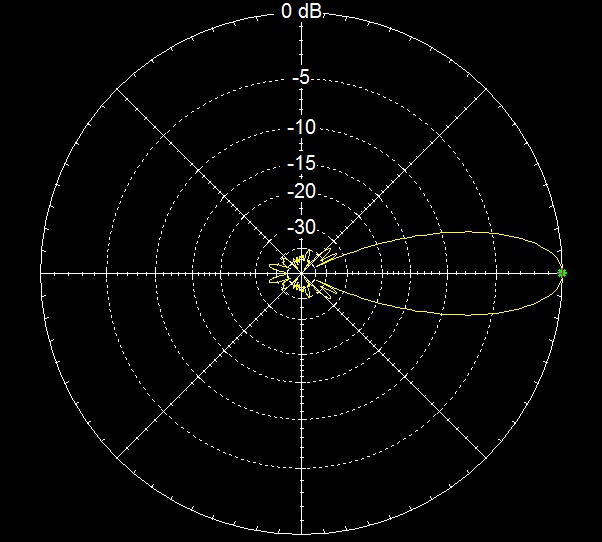
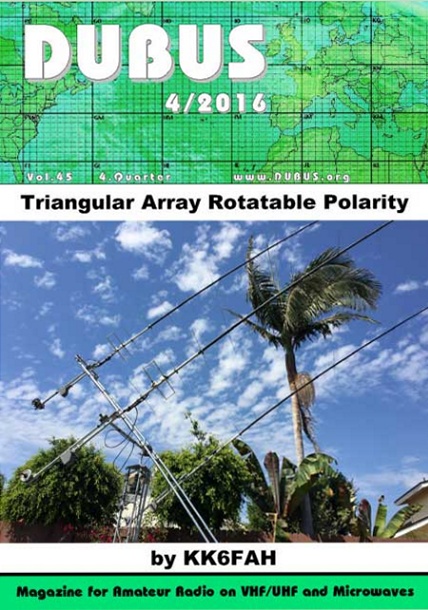 FEATURING:
FEATURING: *** Visit Section 52 for more info on TARP ***

 FEATURING:
FEATURING: *** Visit Section 52 for more info on TARP ***
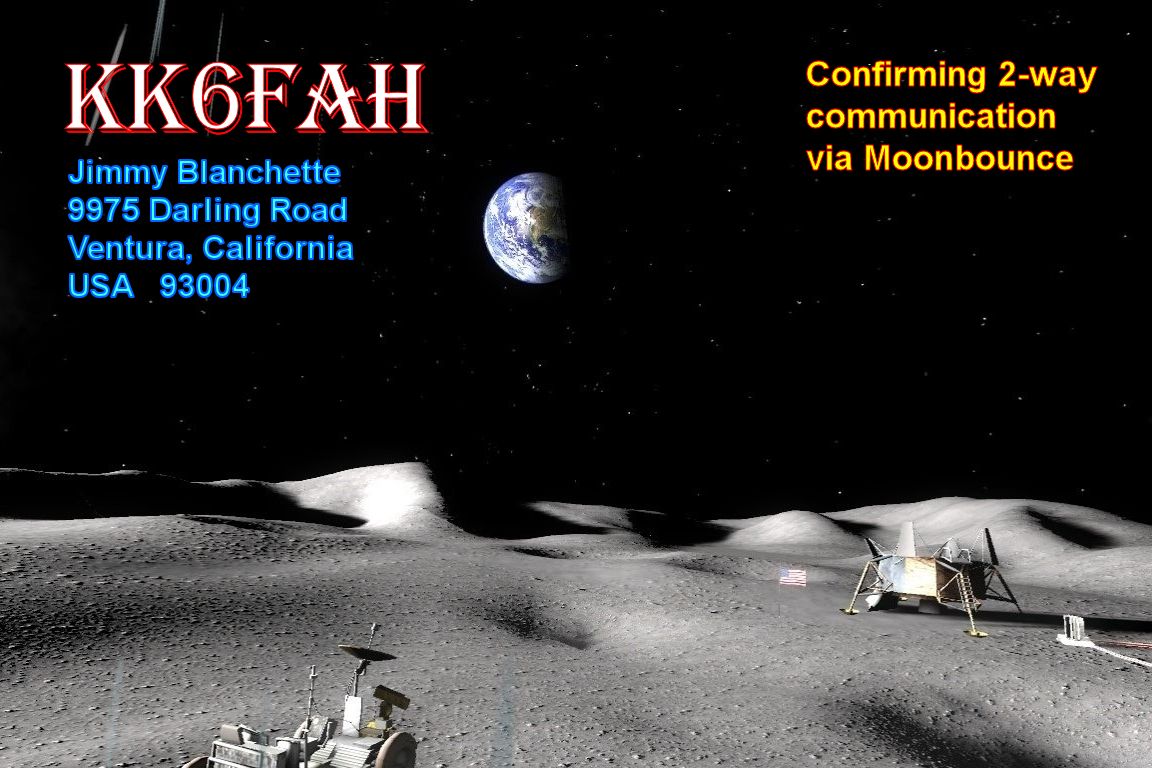
MY RADIO STATION:
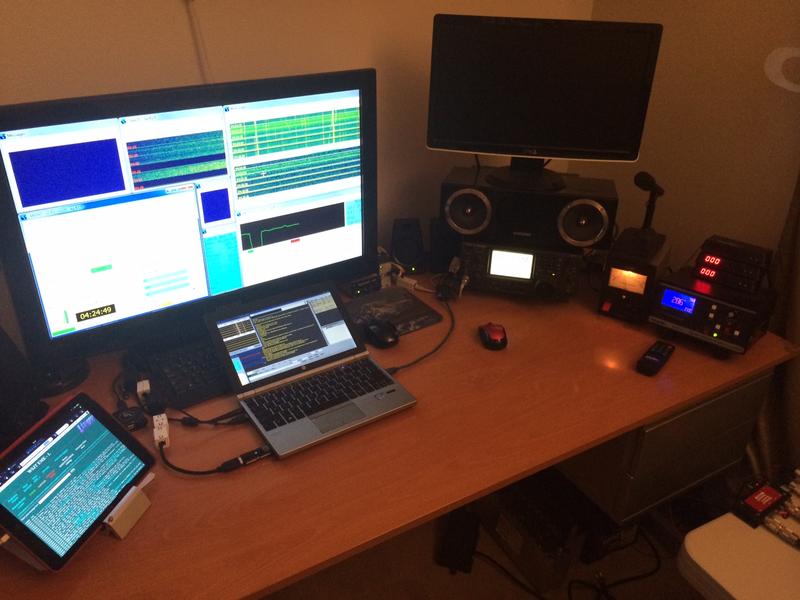
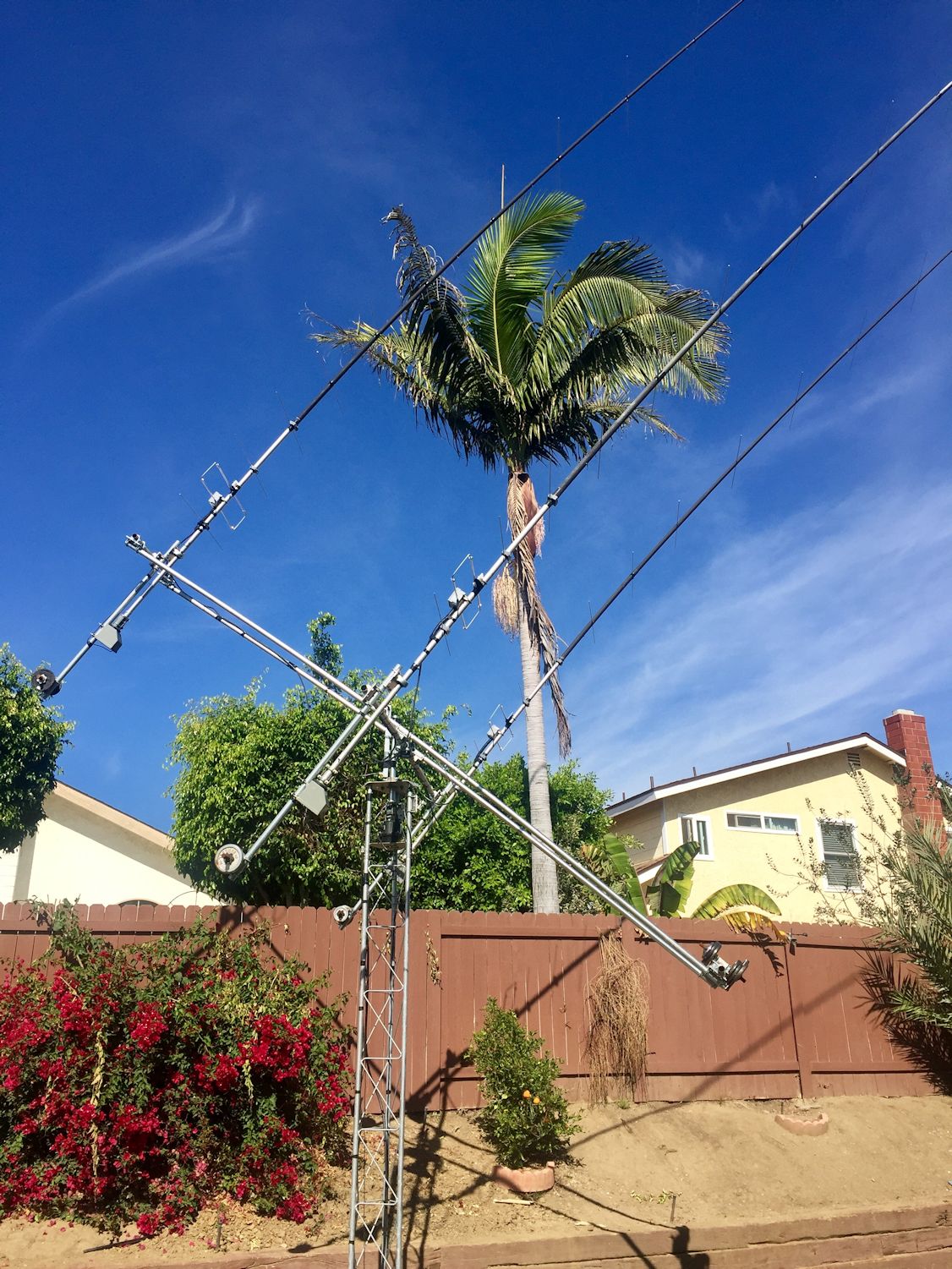
Today's Space Weather:
Visitor #
?BIOGRAPHY
I was raised on a farm land in Northern Quebec, Canada, where there was not much technology around. I naturally became interested in Amateur Radio at the very early age of 10-12 years old. That was a great way for me to "get out" of my small town and connect to the universe.
At 12 years old, I was having much fun bouncing 27MHZ radio waves off the "Aurora Curtains" (also called Northern Lights), which were extremely spectacular at times as I was located at high latitude in the Northern Hemisphere. It was amazing to me that by beaming my 3-element Yagi antenna towards the aurora I could realize 2-way communications. My interest quickly accelerated from there and I decided to study to obtain my Amateur Radio License. I enjoyed practicing morse code using a "stapler", which I had modified and turned into a CW keyer. I ended up passing my Advanced radio license in 1990, I was 15 years old at the time. From that point on, I remained active on HF for the most part of my Amateur Radio career.
In the spring of 2013, there was a major turning point in my Amateur Radio journey after reading an article on the internet about "Moonbounce", also known as Earth-Moon-Earth (EME) communication. I became immediately interested by the challenge. Moonbounce or EME is a radio communication technique which relies on bouncing massive beams of radio waves off the surface of the Moon in order to establish a 2-way communication with another station located somewhere else on the planet. In other words, the Moon is effectively used as a "passive reflector". Generally, the signals coming back from the moon are so weak that they are not even audible by the human ears, so highly effective digital modes of communication and sophisticated equipment are employed in order to detect these ultra weak signals that are buried in the background noise on the return path.
The concept behind this and the technical challenge involved was so astonishing to me that there was "no way" in the World that I would not try to meet this exciting challenge! As an example of the unique nature of this technique, more people have actually attempted to climb the Mount Everest than people have successfully made 2-way communication via Moonbounce, so the technical challenge cannot be understated. I quickly learned all the available theory about EME and started putting my setup together and got on the air. I ended up making my first Moonbounce contact on the 2m band in May of 2013. That was the beginning of an extraordinary and exciting journey.
After a little while, I quickly realized that in order for my station to be most Efficient and Effective, I needed to find a way to mitigate against the negative impacts of Faraday Polarity Rotation and Non-Reciprocity. I started designing Rotatable POLarity (RPOL) systems, which completely transformed my experience with EME communication and made it even more enjoyable.
Further down below a few videos of my first RPOL systems. Over the following months, I kept improving my home made antennas and RPOL designs and decided to document every part of my experience on this website so the Amateur Radio community could benefit from my experiences and passion for the hobby. I hope that this website will be useful to the newbees and to the more experienced Moonbouncers who may become interested in exploring Rotatable Polarity capability.
As of today, I have completed over 650 two-way communications via Moonbounce and I am still having a blast every second I spend doing it. The satisfaction and excitement going into making a 2-way contact by bouncing digital codes off the surface of the Moon is hard to described but the experience is very intense. Of equal excitement to me is my own personal quest of trying to advance the science of the key phenomena behind Moonbounce communication and trying to find simple and elegant solutions to the technical challenges that are at play.
My first prototypes which got me started with RPOL (1x8 and 2x8 array respectively):
More recent constructions (2X11 and 1X14 respectively):
And Finally... TARP!